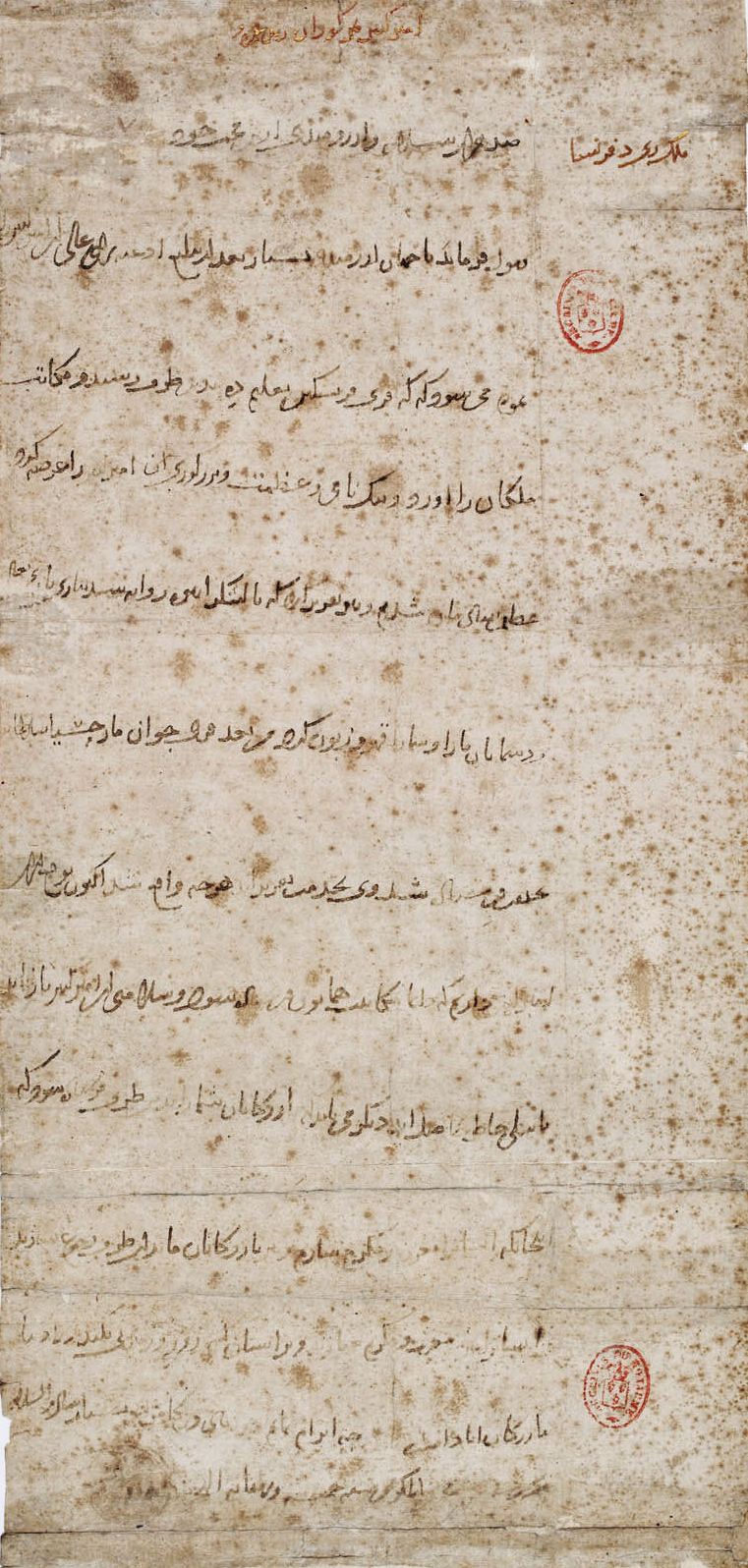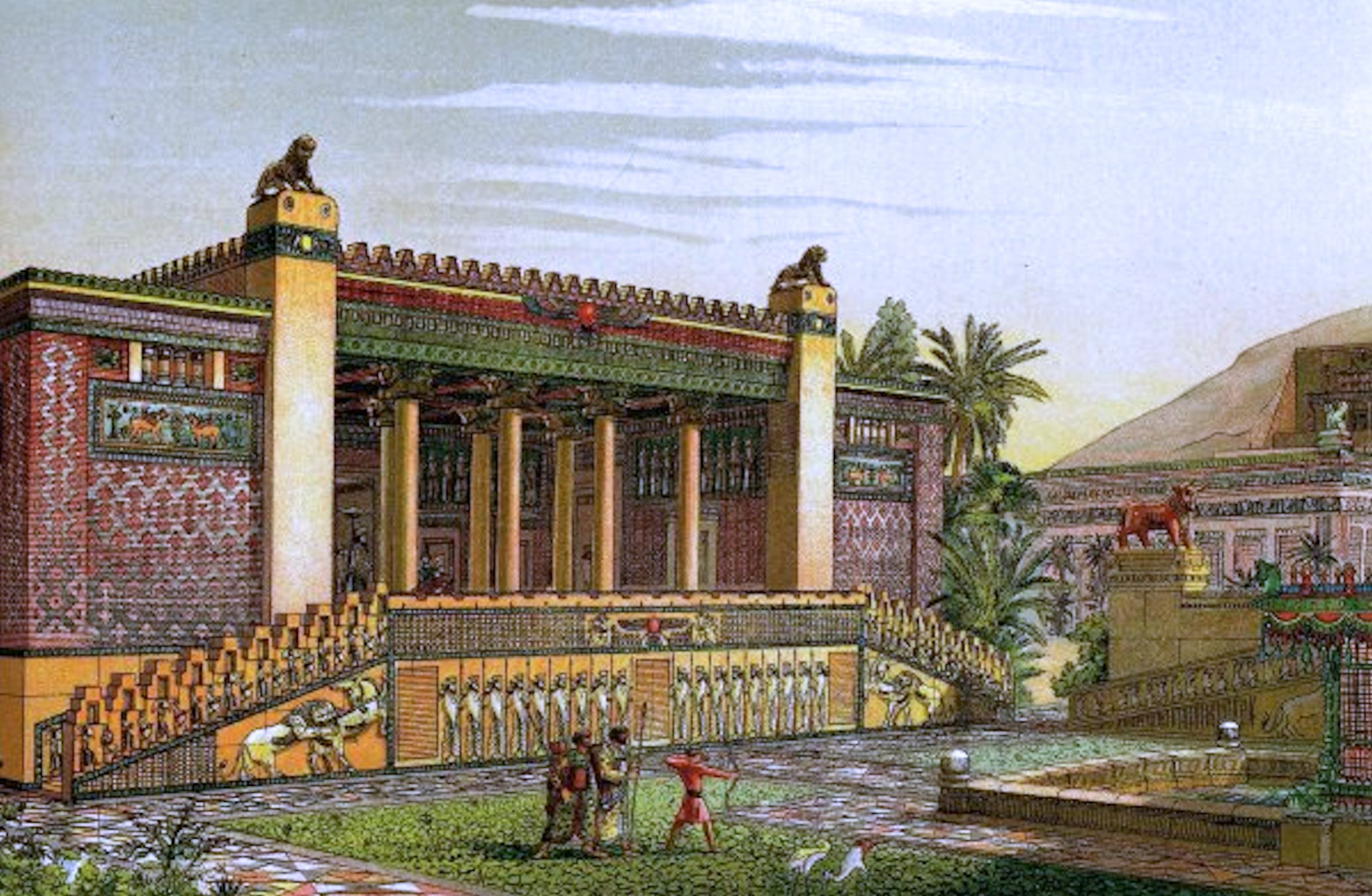|
Ruy González De Clavijo
Ruy González de Clavijo (died 2 April 1412) was a Castilian traveler and writer. In 1403-05 Clavijo was the ambassador of Henry III of Castile to the court of Timur, founder and ruler of the Timurid Empire. A diary of the journey, perhaps based on detailed notes kept while traveling, was later published in Spanish in 1582 (''Embajada a Tamorlán'') and in English in 1859 (''Narrative of the Embassy of Ruy Gonzalez de Clavijo to the Court of Timour at Samarcand AD 1403-6''). The embassy to Samarkand Clavijo, a nobleman of Madrid and chamberlain to the king, set sail from Cadiz on 21 May 1403 in the company of Timur's ambassador, Muhammed al-Kazi, a Dominican friar, Alfonso Páez de Santa María, one of the king's guards, Gómez de Salazar, and other unnamed Castilians. Clavijo sailed through the Mediterranean, passing Majorca, Sicily and Rhodes to Constantinople. Using modern names for the countries through which he passed, Clavijo sailed along the Black Sea coast of Anatolia ... [...More Info...] [...Related Items...] OR: [Wikipedia] [Google] [Baidu] |
Kingdom Of Georgia
The Kingdom of Georgia ( ka, საქართველოს სამეფო, tr), also known as the Georgian Empire, was a medieval Eurasian monarchy that was founded in circa 1008 AD. It reached its Golden Age of political and economic strength during the reign of King David IV and Queen Tamar the Great from 11th to 13th centuries. Georgia became one of the pre-eminent nations of the Christian East and its pan- Caucasian empire and network of tributaries stretching from Eastern Europe to Anatolia and northern frontiers of Iran, while also maintaining religious possessions abroad, such as the Monastery of the Cross in Jerusalem and the Monastery of Iviron in Greece. It was the principal historical precursor of present-day Georgia. Lasting for several centuries, the kingdom fell to the Mongol invasions in the 13th century, but managed to re-assert sovereignty by the 1340s. The following decades were marked by the Black Death, as well as numerous invasions under ... [...More Info...] [...Related Items...] OR: [Wikipedia] [Google] [Baidu] |
Google Books
Google Books (previously known as Google Book Search, Google Print, and by its code-name Project Ocean) is a service from Google Inc. that searches the full text of books and magazines that Google has scanned, converted to text using optical character recognition (OCR), and stored in its digital database.The basic Google book link is found at: https://books.google.com/ . The "advanced" interface allowing more specific searches is found at: https://books.google.com/advanced_book_search Books are provided either by publishers and authors through the Google Books Partner Program, or by Google's library partners through the Library Project. Additionally, Google has partnered with a number of magazine publishers to digitize their archives. The Publisher Program was first known as Google Print when it was introduced at the Frankfurt Book Fair in October 2004. The Google Books Library Project, which scans works in the collections of library partners and adds them to the digital inve ... [...More Info...] [...Related Items...] OR: [Wikipedia] [Google] [Baidu] |
Travel Literature
The genre of travel literature encompasses outdoor literature, guide books, nature writing, and travel memoirs. One early travel memoirist in Western literature was Pausanias, a Greek geographer of the 2nd century CE. In the early modern period, James Boswell's ''Journal of a Tour to the Hebrides'' (1786) helped shape travel memoir as a genre. History Early examples of travel literature include the ''Periplus of the Erythraean Sea'' (generally considered a 1st century CE work; authorship is debated), Pausanias' ''Description of Greece'' in the 2nd century CE, ''Safarnama'' (Book of Travels) by Nasir Khusraw (1003-1077), the '' Journey Through Wales'' (1191) and '' Description of Wales'' (1194) by Gerald of Wales, and the travel journals of Ibn Jubayr (1145–1214), Marco Polo (1254–1354), and Ibn Battuta (1304–1377), all of whom recorded their travels across the known world in detail. As early as the 2nd century CE, Lucian of Samosata discussed history an ... [...More Info...] [...Related Items...] OR: [Wikipedia] [Google] [Baidu] |
Timurid Relations With Europe
Timurid relations with Europe developed in the early 15th century, as the Turco-Mongol ruler Timur (Tamerlane) and European monarchs attempted to operate a rapprochement against the expansionist Ottoman Empire. Although the Timurid Mongols had been Muslim since the early 14th century, a strong hostility remained between them and the Ottoman Turks as well as the Egyptian Mamluks. Although his self-proclaimed title was ghazi (or "conqueror"), Timur maintained relatively friendly relations with Europe. Europe at the time was threatened by the invading armies of the Ottoman Turks and was desperate for allies. Timur likewise saw the European states as allies to help him destroy his Ottoman enemies. After his campaigns in India in 1399, Timur took Aleppo and Damascus in 1400. He fought and eventually vanquished the Ottoman ruler Bayazid I at the Battle of Ankara in July 1402. Relations with Spanish and French kingdoms Prior to the Battle of Ankara, as the Hundred Years' War w ... [...More Info...] [...Related Items...] OR: [Wikipedia] [Google] [Baidu] |
Chronology Of European Exploration Of Asia
This is a chronology of the early European exploration of Asia. First wave of exploration (mainly by land) Antiquity * 515 BC: Scylax explores the Indus and the sea route across the Indian Ocean to Egypt. * 330 BC: Alexander the Great conquers parts of Central Asia and parts of northwestern India * 300 BC: Seleucus Nicator, founder of the Seleucid Empire, forays into northwestern India but is defeated by Chandragupta Maurya, founder of the Maurya Empire, and they become allies soon after. * 250 – 120 BC: Greco-Bactrian states in parts of Central Asia and South Asia, including the Fergana Valley (Alexandria Eschate), Transoxiana ( Alexandria on the Oxus) and Punjab ( Alexandria on the Indus). * 180 BC – 10 AD: The Indo-Greek Kingdom was located in areas now part of Afghanistan, Pakistan and north-west India. * 30 BC – 640 AD: With the acquisition of Ptolemaic Egypt, The Romans begin trading with India. The Empire now has a direct connection to the Spice trade Egypt ha ... [...More Info...] [...Related Items...] OR: [Wikipedia] [Google] [Baidu] |
Charles VI Of France
Charles VI (3 December 136821 October 1422), nicknamed the Beloved (french: le Bien-Aimé) and later the Mad (french: le Fol or ''le Fou''), was King of France from 1380 until his death in 1422. He is known for his mental illness and psychotic episodes that plagued him throughout his life. He ascended the throne at the young age of eleven, his father leaving behind a favorable military situation, marked by the reconquest of most of the English possessions in France. First placed under the regency of his uncles, the Dukes of Burgundy, Anjou, Berry, and Bourbon, Charles decided in 1388, aged 20, to emancipate himself. In 1392, while leading a military expedition against the Duchy of Brittany, the king had his first attack of delirium, during which he attacked his own men in the forest of Le Mans. A few months later, following the Bal des Ardents (January 1393) where he narrowly escaped death from burning, Charles was again placed under the regency of his uncles, the dukes of ... [...More Info...] [...Related Items...] OR: [Wikipedia] [Google] [Baidu] |
Ottoman Empire
The Ottoman Empire, * ; is an archaic version. The definite article forms and were synonymous * and el, Оθωμανική Αυτοκρατορία, Othōmanikē Avtokratoria, label=none * info page on book at Martin Luther University) // CITED: p. 36 (PDF p. 38/338) also known as the Turkish Empire, was an empire that controlled much of Southeast Europe, Western Asia, and Northern Africa between the 14th and early 20th centuries. It was founded at the end of the 13th century in northwestern Anatolia in the town of Söğüt (modern-day Bilecik Province) by the Turkoman tribal leader Osman I. After 1354, the Ottomans crossed into Europe and, with the conquest of the Balkans, the Ottoman beylik was transformed into a transcontinental empire. The Ottomans ended the Byzantine Empire with the conquest of Constantinople in 1453 by Mehmed the Conqueror. Under the reign of Suleiman the Magnificent, the Ottoman Empire marked the peak of its power and prosperity, as well a ... [...More Info...] [...Related Items...] OR: [Wikipedia] [Google] [Baidu] |
Bayezid I
Bayezid I ( ota, بايزيد اول, tr, I. Bayezid), also known as Bayezid the Thunderbolt ( ota, link=no, یلدیرم بايزيد, tr, Yıldırım Bayezid, link=no; – 8 March 1403) was the Ottoman Sultan from 1389 to 1402. He adopted the title of ''Sultan-i Rûm'', '' Rûm'' being an old Islamic name for the Roman Empire. He decisively defeated the Crusaders at Nicopolis (in modern Bulgaria) in 1396. Bayezid unsuccessfully besieged Constantinople and later was defeated and captured by Timur at the Battle of Ankara in 1402 and died in captivity in March 1403, triggering the Ottoman Interregnum. Biography Bayezid was the son of Murad IRunciman, Steven ''The Fall of Constantinople''. Cambridge: Cambridge University Press, p. 36 and his Greek wife, Gülçiçek Hatun.Lowry, Heath W. (2003) ''The Nature of the Early Ottoman State''. Albany, NY: State University of New York Press, p. 153 His first major role was as governor of Kütahya, a city that he earned by marr ... [...More Info...] [...Related Items...] OR: [Wikipedia] [Google] [Baidu] |
Battle Of Ankara
The Battle of Ankara or Angora was fought on 20 July 1402 at the Çubuk plain near Ankara, between the forces of the Ottoman Sultan Bayezid I and the Emir of the Timurid Empire, Timur. The battle was a major victory for Timur, and it led to the Ottoman Interregnum. Background Timur, a Turco-Mongol from Transoxiana (now Uzbekistan), had built an empire in Central Asia over the years, and became the most powerful ruler in Central Asia since Genghis Khan. He sought to rebuild the once great Mongol Empire. In the 1380s and 1390s, he invaded and conquered parts of Persia (including Armenia, Azerbaijan and Upper Mesopotamia), ravaged southern Russia and Ukraine (1395–96), and invaded India (1398). Although there had been tensions between the Ottomans and Mongols, nothing would warrant a war, until Bayezid demanded tribute from an emir loyal to Timur, which he understood to be a personal affront and a reason for war. In 1400–01 Timur took Sivas from the Ottomans, parts of Syri ... [...More Info...] [...Related Items...] OR: [Wikipedia] [Google] [Baidu] |
Paradise Garden
The paradise garden is a form of garden of Old Iranian origin, specifically Achaemenid which is formal, symmetrical and most often, enclosed. The most traditional form is a rectangular garden split into four quarters with a pond in the center, a four-fold design called ''chahar bagh'' (“four gardens”). One of the most important elements of paradise gardens is water, with ponds, canals, rills, and fountains all being common features. Scent is an essential element with fruit-bearing trees and flowers selected for their fragrance. It is also often referred to as an Islamic garden. The form of garden spread throughout Egypt and the Mediterranean during the Muslim Arabic conquests, reaching as far as India and Spain. Etymology Originally denominated by a single noun denoting "a walled-in compound or garden", from "''pairi''" ("around") and "''daeza''" or "''diz''" ("wall", "brick", or "shape"), philosopher and historian Xenophon of Athens borrowed the Old Iranian ''*p ... [...More Info...] [...Related Items...] OR: [Wikipedia] [Google] [Baidu] |






